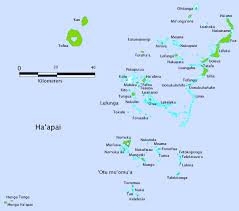
The Ha’apai Group – Outer Islands, Kingdom of Tonga
Travel guides describe Ha ‘apai as “well off the beaten path, ” and “an undeniably authentic slice of Polynesia.”
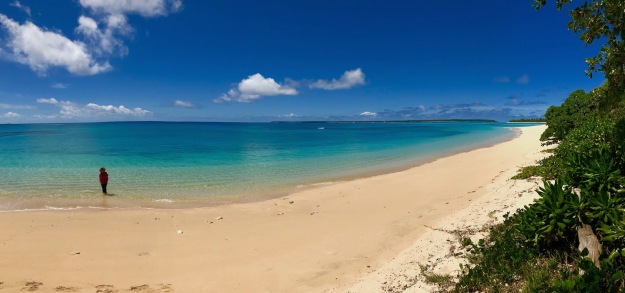
These are understatements. Ha ‘apai seems to be the epitome of the undiscovered, unspoiled South Pacific.
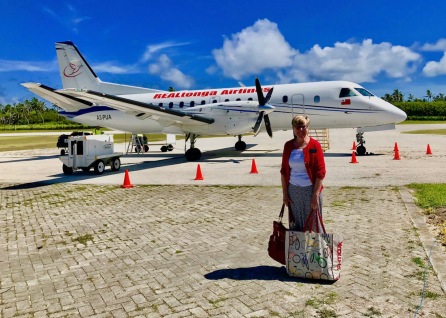
We have a lot of autonomy on our mission. I emailed the Mission President and told him that we were going to Ha ‘apai for a week. He emailed back to wish us “bon voyage.” (We contacted Sosaia Tonga’ovevai, the Stake President on Ha ‘apai – there is one stake here – and asked him if the priesthood and relief society leaders could please make announcements in Church that we would be here to treat the members.)
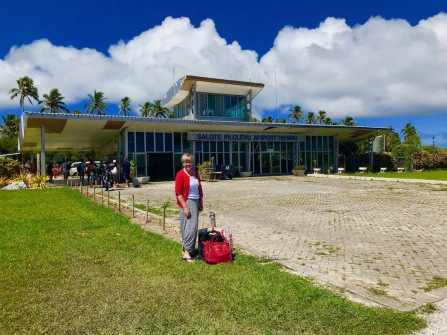
We also had the Mission let the 45 missionaries on Ha ‘apai know that we would be here. The Tongan missionaries tend to need a lot of treatment – the Palangis generally have less oral pathology. Many of the Tongan missionaries have never been to the dentist (except to have a tooth removed). Most have certainly never had their teeth cleaned. The pre-mission dental exam is a joke. It is just another piece of paper to be signed off.
Pangai is the only real town on Lifuka. It lies 127 miles north of Tongatapu and directly west of the Tonga Trench. Looking out over the flat ocean, it’s hard to imaging that it is 7 miles deep. Much of Ha ‘apai was devastated in the cyclone in 2013. 500 homes were destroyed. Most were rebuilt by the Red Cross and L.D.S. Church.
Pangai is right on the water, and the beaches are unreal.
There are 62 islands, atolls, reefs, and shoals scattered across thousands of square miles of pristine azure blue waters. The travel guide describes “looming volcanic islands, warming trade winds and pristine atolls lapped by gentle waters, that provide a superb tropical backdrop for more adventurous travelers.”
The island of Lifuka is very narrow, and there wasn’t much room to build the airport.
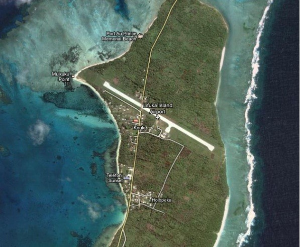
So the road that runs the length of the island crosses the runway.
They put down a gate across the road when there is a plane landing, which is only a couple of times a day. And there is a sign that warns you to drive on the runway. It’s probably a T.S.A. thing
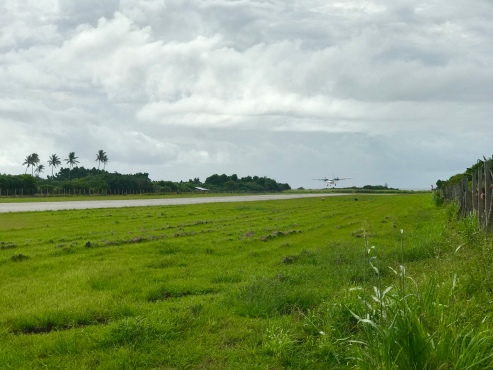

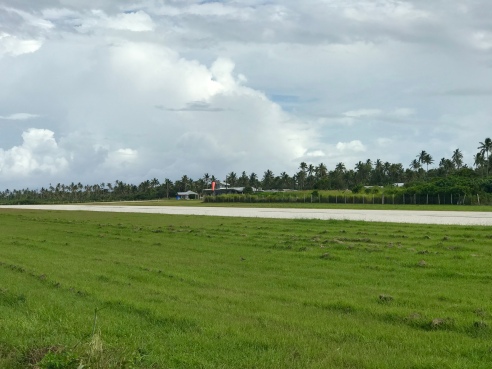
The terminal is in the distance.
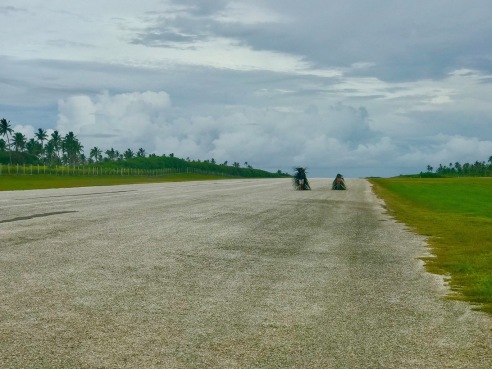
I have ABSOLUTELY NO IDEA why these two young men were walking down the runway dragging palm fronts behind them (and over their heads, as well). No-one seemed alarmed by their suspicious activity.
This is the main road on Lifuka. When you get out of town, it quickly gets primitive.
But the drive from town (about 5 km) is worth it. We were the only ones on a stretch of beach about a mile long. The first European to visit Haʻapai, was Abel Tasman in 1643. Captain James Cook came over a hundred years later, in 1774. It stretches my mind to think that his visit was almost 250 years ago!
In 1789, the Mutiny on the Bounty took place between the islands of Lifuka and Tofua, in the Ha’apai Group, when Fletcher Christian seized command of the ship from Captain William Bligh.

Bligh was set adrift in a small boat (with charts), and navigated X miles all the way to X.
Ha’apai is the central group of islands in Tonga, in between Tongatapu and Vava’u. On Real Tonga Airlines, it was just a 20 minute flight.
During Cook’s voyages of discovery, he described the Kingdom of Tonga as ‘The Friendly Islands’ after he received what he perceived to be a warm reception on the island of Lifuka. We are staying on that island for a week, while we work in the dental clinic.
Seventeeth of the islands are inhabited, including the main islands of Lifuka and Foa that are linked by a causeway.
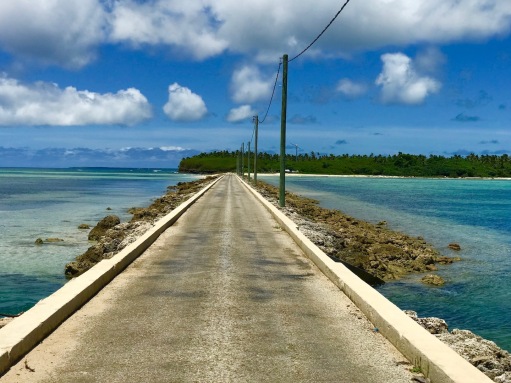
The only source of fresh water on Ha ‘apai, and in all of Tonga, for that matter, is rainfall. The islands are volcanic and petrified coral / limestone, and the ground is very porous. No wells, and most of the islands are low-lying. So every one has cisterns, fed by gutters feeding off the roofs of houses. When it rains, it’s time to grab a bar of soap!
There don’t appear to be any stores on Ha ‘apai. Well, we found two Chinese stores. (In Tonga, when you characterize a store as a “Chinese store,” it is as close to a term of derision as a Tongan can get. Think of a scaled down dollar store, filled with poorly made goods from China. There are no cash registers (or laser scanners). Everything is done on a pocket calculator. The clerk shows you the total on the LED and you hand over your pa ‘anga, and get change. I understand the bills, but not the coins. We are feeding a very large container of coins at home.
Islands, or motus, dot the horizon. Some are inhabited, while others are not. White beaches encircle all of them.
In the distance, maybe 15 or 20 miles from Lifuka, one can see the island of Kao, a volcano that is 3,432 feet in elevation. It is the highest point in Tonga. (No snow skiing, though, at least not yet. Give it another 10,000 feet.)
7,212 people live in the Ha’apai Group. Lifuka and Foa have around 4,300 residents. There are 45 missionaries here, and many of them are visited only occasionally by their zone leaders, who travel to the outer islands by boat. The missionaries live off the land and the sea. Their preparation time each day consists of personal study, companionship study, and fishing for dinner.
Sandy Beach Resort is a secluded property at the end of the road, with just 12 fales. It fronts a deep white sandy beach, rightly described as the nicest beach in Tonga. If I were in a high-stress profession, Sandy Beach would be my get-away from the hectic pace of life. (Wait a minute! I AM in a high-stress profession!) And we ARE getting away from it all.
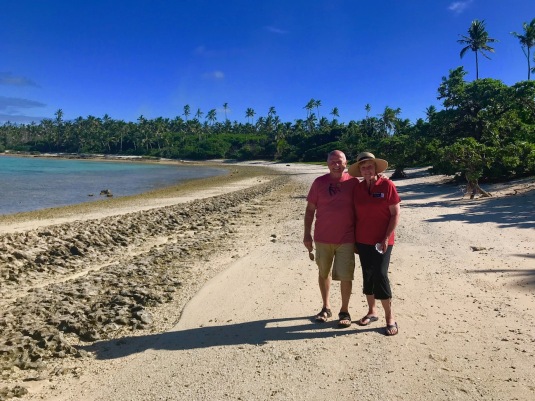
It certainly is one of the premier holiday beach resorts (okay, maybe the only one!) in Tonga. Most of the resorts we’ve visited have not been what we’ve been accustomed to. But recently, I’ve been starting to wonder which one represents the real world.
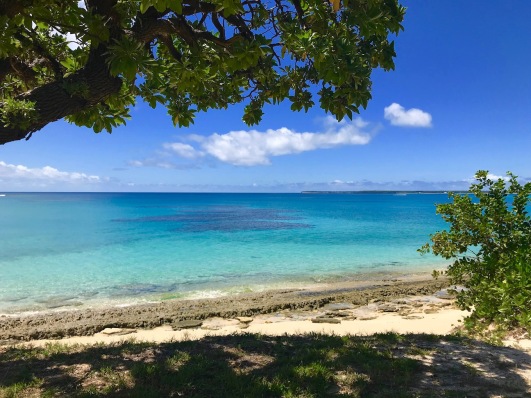
Matafouna Lodge is the companion resort to Sandy Beach, just down the road (at the end of the road, actually.) The name means “end of the island.” It is kind of like an “eco-lodge” for more adventurous travelers.
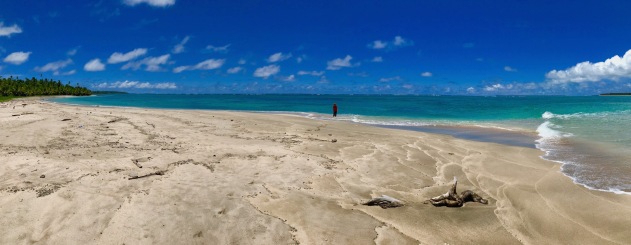
Everywhere we looked, there were white beaches stretching off into the distance, with gentle surf lapping the shore, and coconut palms shading the sand.
Barrier reefs protect the islands from storms and high surf.
During our first day of sightseeing, we passed only a few cars on the road, and saw just a handful of people on the beaches. Most were deserted.

At Sandy Beach, there were 5 fales that were occupied; at Matofouna, there were about 10. Those are really just about the only accommodations on the islands of Lifuka and Foa. (We are staying our first few nights at Church accommodations, in town).

A girl staying at Matofouna stopped us, as we were walking down the beach, and asked if we were staying at the Lodge. She said she didn’t recognize us, and wondered if we’d just arrived. I don’t think there are many secrets on this island.
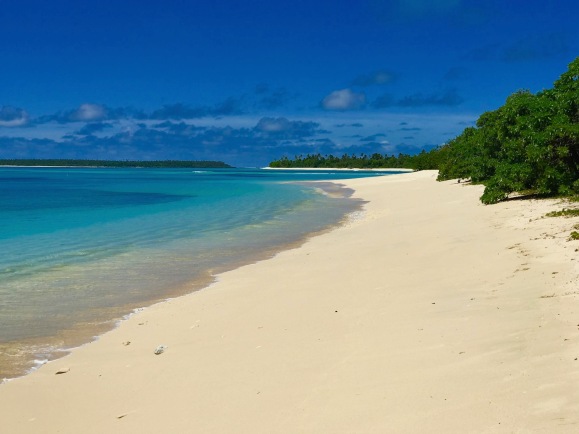
The Niu’ui Hospital and dental clinic are somewhat rustic – rough around the edges. We brought a lot of our own equipment and supplies, and also brought supplies for Dr. Melesivolu, and Tauifia, the therapist. They are not very well supplied by Vaiola Hospital, in Nuku ‘alofa. I think they make do as best they can. (Which seems to be the operative phrase in Tonga).
Everyone waves at each other from their cars, as they pass each other on the road. Either there aren’t very many cars, or they are just very friendly, but probably both.
We found all sorts of shells on the beach, including some very large convoluted clam shells. Some of the shells had occupants, so we left them as we found them.
The water is very warm – probably in the mid-eighties (about the same as the air temperature). It’s also very clear. There are no rivers with runoff, and the water gets very deep very quickly outside the reef. There are also strong currents outside the reef. I keep thinking about Tom Hanks’ character in “Cast Away” trying to get his raft through the breakers on the outer reef.
We had to make reservations ahead of time for dinner at Sandy Shores Resort. (Mahi Mahi). We had lunch there, the day we arrived. The proprietor just said she would initiate a tab, and we will settle at the end of the week. She is bringing her kids in, to see us in the clinic. She is an expat Brit, who has been here for 9 years. Kids are home schooled.
When we checked in for our flight, I was 3 kilos overweight on my bag (because I had packed a lot of supplies for the clinic, that I won’t be bringing back with me). Allowance is just 15 kilos. Excess baggage fee was 30 pa’anga. (about $15.00 U.S.) which I gladly paid.
When we boarded the flight, it was insufferably hot in the cabin. It was a sweat bucket. There is absolutely no security at the airport. If someone hijacked an airplane, where would they demand to be taken? I don’t remember even showing our photo I.D. at check-in. The agent just looked at our name badges, and looked up our reservation (on an actual computer!) Elder and Sister Hudson is how we were listed. The Church books a lot of travel between the islands, what with missionary transfers, and Stake, Zone, and District conferences.
For lunch, at Sandy Shores, I had fish and chips, made with fresh-caught Red Snapper. Mom had fish cakes. We were the only patrons at their “restaurant.” Sandy Shores employs about 20 people from the nearby village – I’m sure it’s the largest employer on the island.
In Pangai, there are two Chinese stores, two ice-cream parlors, and one restaurant. It is very laid-back.
There seem to be fewer dogs, pigs, and chickens on Ha ‘apai, than on Tongatapu or Vava’u.

All of the wards are Tongan wards, so we only went to Sacrament meeting. It seems like every ward in Tonga begins its services at 9:00 a.m., which is fine with us.
I finally bought a hat. The mid-day sun is relentless! (Only mad dogs and Englishmen). We should probably adopt the Tongan habit of carrying an umbrella with us (when it is sunny, but not for when it is raining. No-one uses an umbrella in the rain.)
We learned that those who live on Ha’apai are very eco-conscious, and are concerned about the whale-watching boats, especially in Vava’u. Evidently, there are about 20 operators who take tourists out during whale-watching season (August-September) in Vava’u. They line up to take their turns getting close to the whales. The whales, evidently, have figured out that frolicking in the waters off of Vava’u attracts annoying tourists, so their pods have moved to the waters off Ha ‘apai, where there are only 4 whale-watching boats. The whales will actually approach the boats, in Ha ‘apai.
Tonga is one of two countries that allow tourists to swim with the whales.
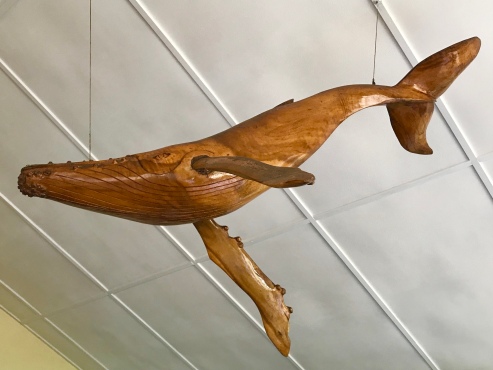
But there is a law that you cannot approach a whale closer than 3 meters. (But there is no law prohibiting the whales from approaching a swimmer closer than 3 meters, which happens a lot). Whale watching season is in the winter – July – September.

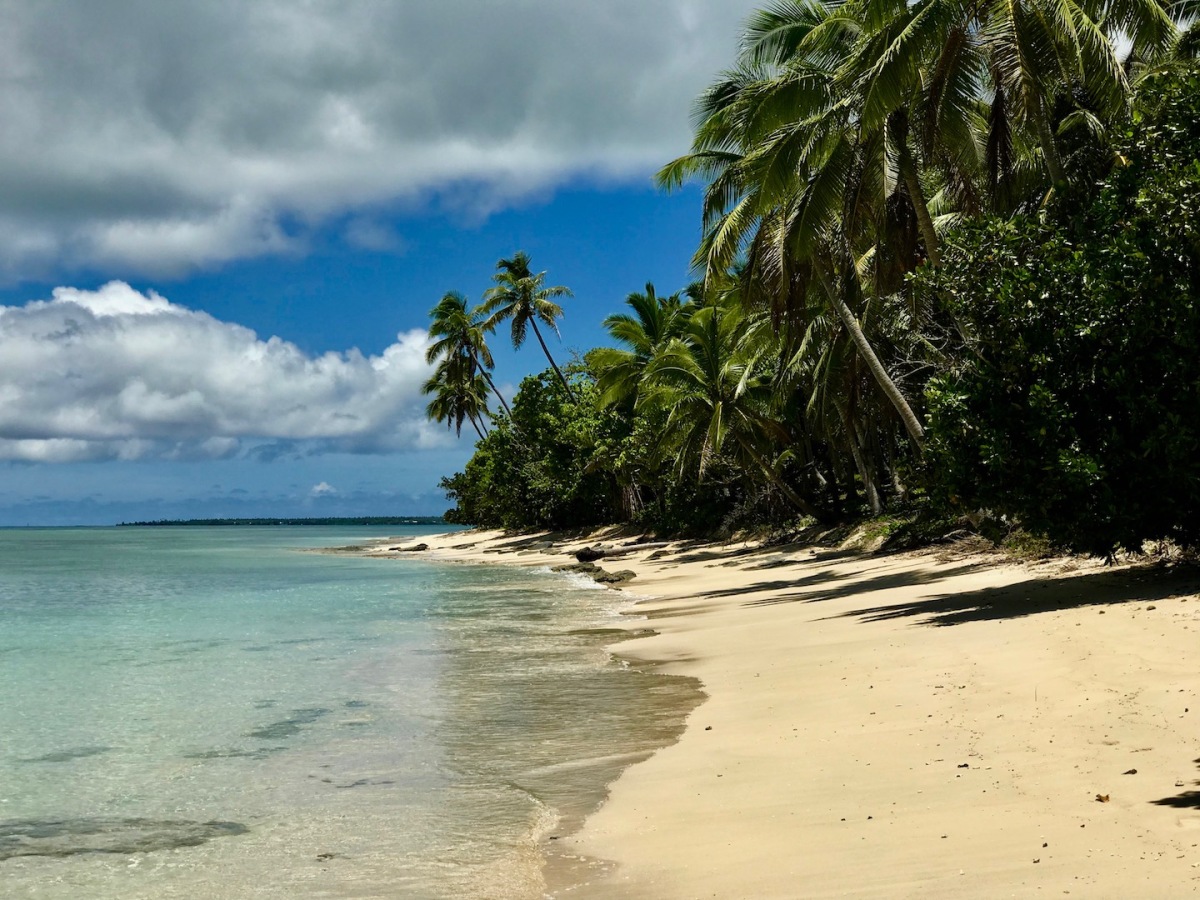

























































































I want to see a picture of the clinic!
LikeLike